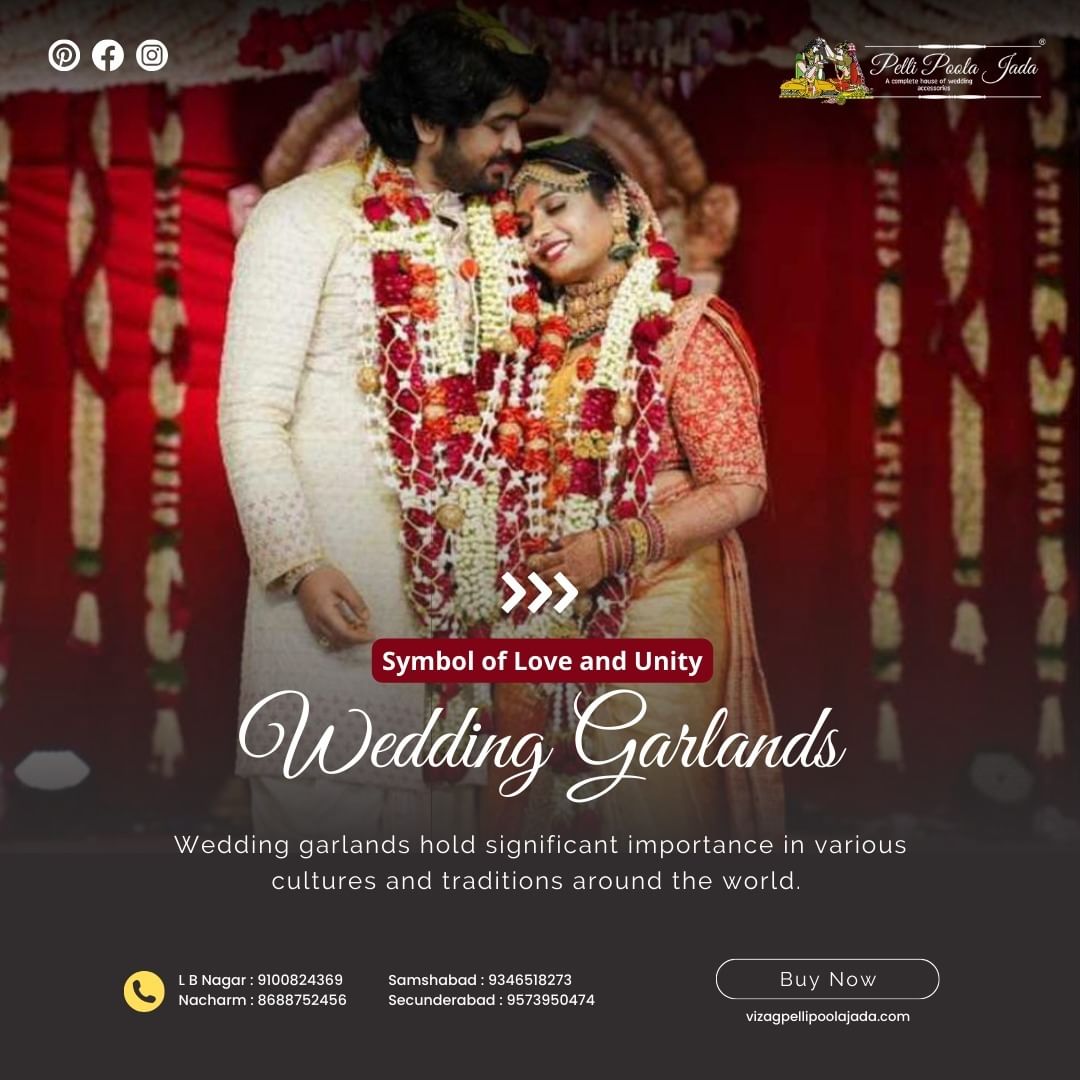
Fashion Diplomacy fashion and cultural diplomacy serve as a dynamic intersection where clothing transcends its primary function of adornment to become a potent tool in promoting and expressing national identities on the global stage. This phenomenon, deeply rooted in the textiles, designs, and motifs specific to a country, allows nations to communicate their history, traditions, and values without words, fostering mutual respect and understanding among diverse cultures.
For instance, the vibrant wax prints of West African attire tell stories of the region’s colonial past and artisanal heritage and symbolise its people’s resilience and vibrancy. Similarly, the kimono in Japan is not just a garment but a narrative of meticulous craftsmanship, respect for tradition, and the subtle art of balance and harmony that defines Japanese culture.
In international relations, fashion is a subtle yet powerful form of soft power, influencing perceptions and building bridges between countries. State leaders and diplomats often strategically don traditional attire during official visits abroad or host foreign guests as a sign of respect and a gesture of goodwill.
Moreover, global fashion platforms such as the Paris, Milan, and New York fashion weeks have increasingly showcased designers from diverse cultural backgrounds, allowing them to infuse elements of their national heritage into contemporary fashion. This elevates the visibility of different cultures on the world stage and stimulates dialogues about diversity, identity, and global interconnectedness.

The proliferation of social media and digital platforms has further amplified the role of fashion in cultural diplomacy. Traditional garments and fashion trends can go viral, reaching a global audience instantaneously and sparking conversations about the origins, symbolism, and stories behind the attire.
This digital engagement fosters a deeper appreciation and understanding of cultural nuances, challenging stereotypes and encouraging a more inclusive and nuanced perspective on national identities.
In essence, fashion is a universal language of cultural diplomacy, enabling nations to showcase their uniqueness while celebrating shared human creativity and heritage. It underscores the idea that, despite our differences, we can find common ground in appreciating beauty, artistry, and the rich tapestry of world cultures. Through the lens of fashion, clothing becomes more than just fabric and thread; it becomes a narrative of identity, diplomacy, and unity in the global community.
Expanding further on the intricate relationship between fashion and cultural diplomacy, it’s essential to delve into how fashion initiatives can actively participate in the diplomatic arena, fostering intercultural exchanges and enhancing bilateral relations. Fashion diplomacy, often dubbed as “fashion diplomacy,” involves deliberate strategies and programs that leverage the universal appeal of fashion to promote national interests, cultural exchange, and mutual understanding on an international scale.
The Multifaceted approach Fashion Diplomacy
This multifaceted approach to diplomacy can be observed through several key avenues, each contributing to the broader narrative of national identity and international cooperation.
Firstly, government-sponsored fashion events abroad play a crucial role in cultural diplomacy. These events, ranging from fashion shows to exhibitions featuring traditional and contemporary designs, serve as platforms for showcasing a country’s cultural heritage and modern creativity to an international audience.
By highlighting the diversity and richness of their cultural assets, countries can foster a positive image, attract tourism, and stimulate interest in their cultural products and fashion industry. For example, initiatives like the “Year of Culture” between Qatar and various countries involve a series of cultural exchanges, including fashion exhibitions, that aim to build bridges and deepen mutual respect among nations.
Secondly, the role of national costumes and traditional attire in diplomatic settings cannot be understated. When political leaders and diplomats choose to wear traditional garments during significant events or state visits, they are consciously engaging in a form of non-verbal communication that conveys respect, solidarity, and a desire to connect on a cultural level.
This act of wearing traditional attire becomes a diplomatic gesture, signaling openness and appreciation for the host country’s culture, and often prompts reciprocal gestures, thereby nurturing diplomatic ties.
Furthermore, the global fashion industry’s embrace of cultural diversity and sustainability has opened new avenues for cultural diplomacy. The ethical fashion movement, which emphasizes sustainability, fair trade, and the preservation of traditional crafts, offers a platform for countries to promote their artisanal heritage and sustainable practices on a global scale.
By participating in this movement, countries can position themselves as leaders in the conversation about sustainability and ethical fashion, aligning their national identity with these globally valued principles.
Moreover, fashion diplomacy also unfolds in educational and developmental contexts. Fashion design exchanges and scholarships, collaborative projects between fashion schools across borders, and international fashion competitions provide opportunities for emerging designers to gain exposure, experience, and education.
These initiatives not only foster individual talent but also facilitate cultural exchange and understanding among the next generation of fashion industry professionals. They underscore the potential of fashion as a tool for youth engagement, economic development, and international collaboration.
In conclusion, fashion’s role in cultural diplomacy is profound and multifaceted, bridging the gap between nations through the universal language of style and design. By employing fashion as a strategic tool in cultural diplomacy, countries can enhance their soft power, promote national identity, and contribute to a more interconnected and understanding global community.
Fashion, with its unique blend of artistry, tradition, and innovation, offers a compelling medium for expressing national narratives, engaging in cultural exchange, and fostering international relations in today’s interconnected world.























